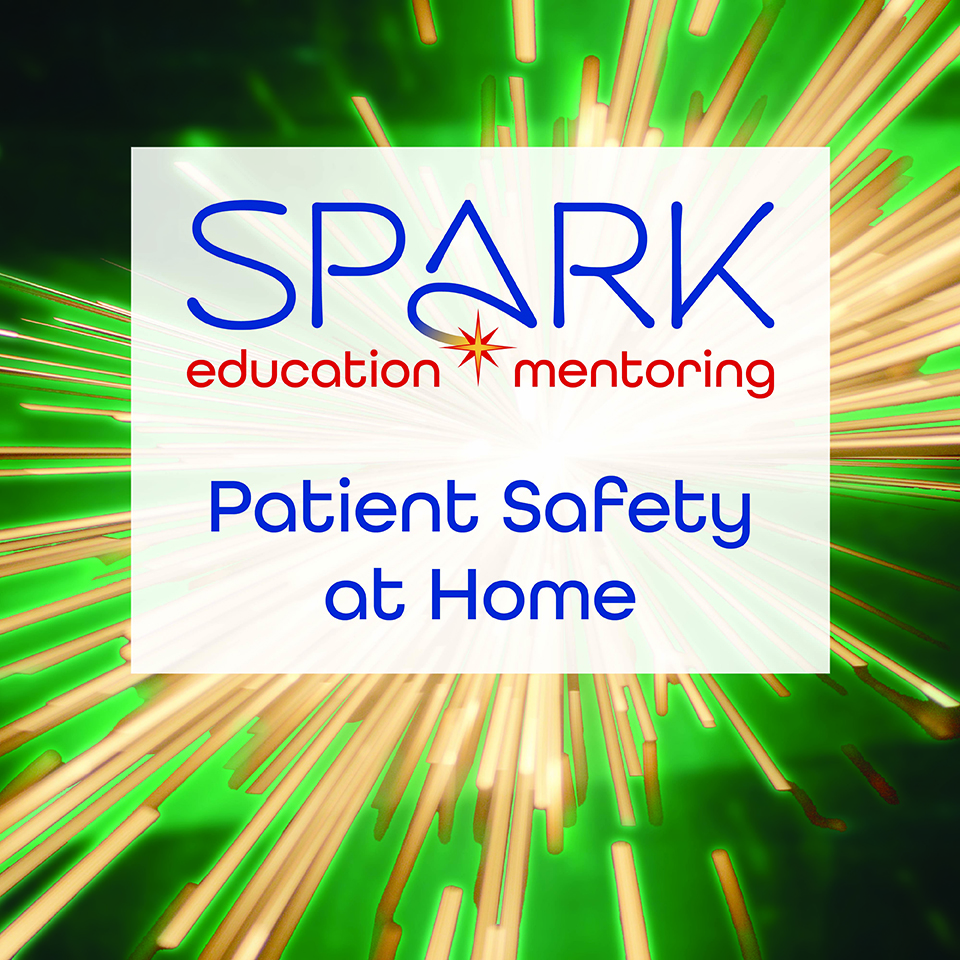Help your PD patients learn to identify red flags, avoid turning a dry contamination into a wet contamination, and be able to explain PD and the type of infection they may have to ER staff who may not know PD at all.

Objectives
- Identify red flags that could make PD unsafe for a patient.
- Explain wet vs. dry contaminations and why one is a higher risk than the other.
- Differentiate between three causes of PD catheter dysfunction.
- Describe the connection between intraperitoneal pressure and leaks.
- Define the “two hit” hypothesis for encapsulating peritoneal sclerosis and strategies to reduce risk.
Accreditation for this course expires October 31, 2026.
Learners must complete the entire activity, receive a score of at least 80% on the post-test, and complete the course evaluation to be awarded contact hours. Learners can print or save their completion certificates and should keep them for a minimimum of 4 years. It is the responsibility of the learner to determine if these CE contact hours will be accepted by a particular licensing organization.
- Nurse Planner – Steffanie Gissal, BSN, RN
- Authors – Jennifer Ravert, RN and Dori Schatell, MS

This class is part of our Self-guided Program to Advance Renal Knowledge (SPARK) series of online CE learning + professional mentoring education classes for nurses and dialysis technicians. Our goals are to help dialysis nurses and technicians stay up-to-date with their training and certifications—and to attract new interest in nephrology as a career. This activity was funded, in part, by an unrestricted educational grant from Fresenius Medical Care.

